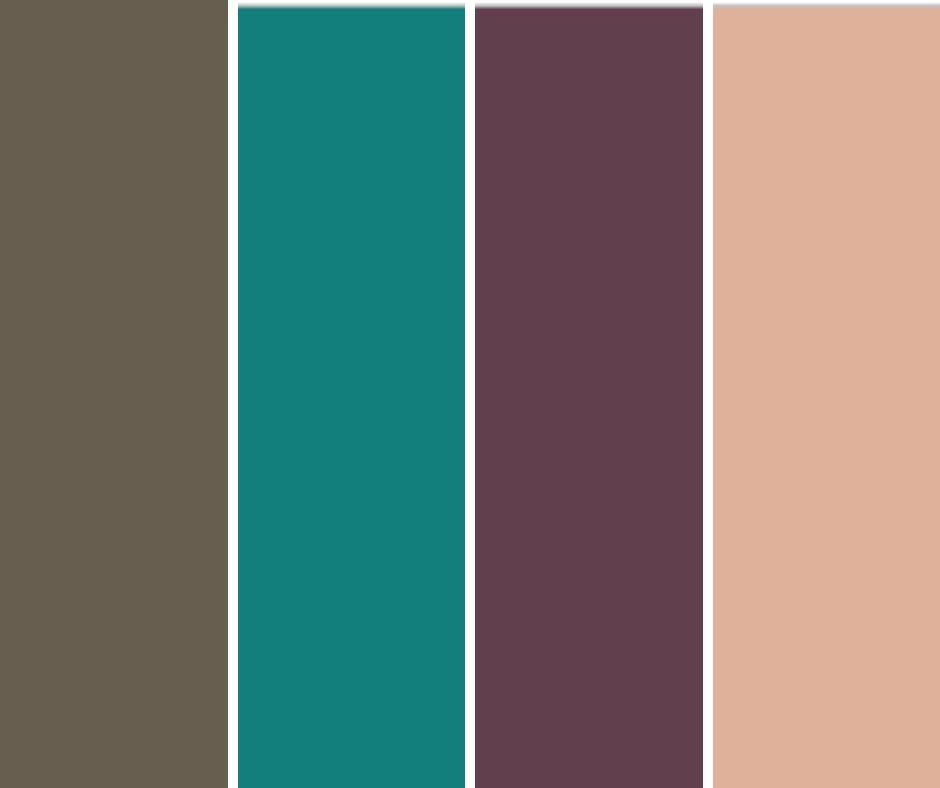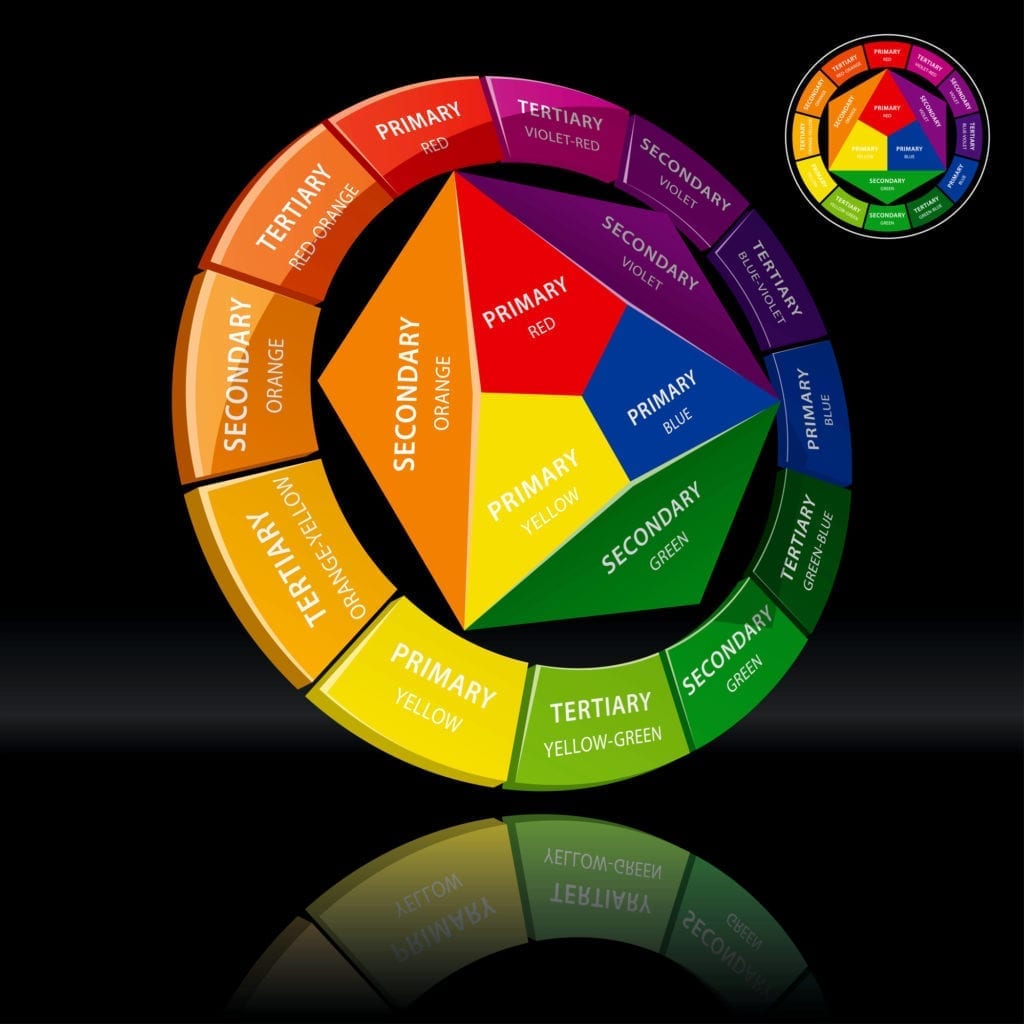How to Choose Your Clothing Colors

Have you ever considered which clothing colors might be best suited to you?
Choosing the right colors is another part of the equation for dressing well. Colors that suit you will flatter and enhance your look. Combine that with smart tailoring and you’ll always be sharply dressed.
Understanding the colors that suit you can also help you to step outside of your “box.” Many people are afraid to experiment with color, sticking to a relatively bland palette. When you know which tones will look flattering, you can experiment with new looks.
Here are some tips to know about choosing clothing colors to suit:
Know your skin tone
Skin tone is the place to start when figuring out “your colors.” Similarly, anyone who dyes their hair or wears make-up should start with their skin tone. You can find trained associates or tailors who are able to help you pinpoint what your own tone is, or you can take a few minutes to discern it for yourself.
When we talk about skin tone for defining the colors that suit you, we’re not talking about your skin color per se, but the undertone that reflects through. Your outer skin color may change according to a number of factors (such as sun exposure or use of medications), but your undertone tends to remain constant. Depending on your undertone, there will be colors that particularly flatter and some that should be avoided.
The three main undertones are cool, warm or neutral. Those who are “warm” will have green, yellow or golden undertones, “cool” has a bluish undertone while neutral is generally difficult to discern between these tones.
Colors that suit you are determined by your “undertone” Share on X
Determining your skin tone
Here are a few different tests for determining your skin tone:
- Look at the veins on your palm or wrist. People with warm undertones have green-looking veins while people with cool undertones have blue-looking veins. Someone who has neutral undertones may have the appearance of both or simply be difficult to determine.
- Hold a piece of white paper up to your face and compare how your skin looks in contrast to that piece of paper. Skin that looks green, yellowish or light brown will tend to be warm-toned. If your skin looks blue, pink or rosy then you are probably cool-toned. If your skin appears to be grey or ashen, you are likely neutral-toned. A tip here is that if your skin is overly tanned or you have a skin condition affecting the color, get someone else to look at the color in the crease behind your ear as this is usually unaffected.
- Under natural light, wear gold jewelery on one wrist and silver on the other. Look at each hand to figure out which enhances your complexion better. If it’s the silver, then you are probably cool-toned while if it’s the gold, you’re probably warm-toned. Neutral is a possibility if it is difficult to determine a winner.
- Consider how your skin reacts to the sun. People who tan easily instead of burning tend to have warm undertones. People who burn easily tend to have cool undertones, although sometimes people with dark, ebony skin that doesn’t easily burn may also have cool undertones. People with neutral skin tones may either tan or burn, however they won’t have an obvious appearance of yellow, olive or ruddy skin.
- Eye color. If your eyes have golden flecks they will tend to be enhanced by warm-tone colors. Blue or grey flecks can be enhanced by cool tones. It is often the case that warm-toned people have brown, hazel or amber eyes, while cool-toned people have blue, gray or green eyes.
- Hair color. Using your natural color, warm tones will tend to have red, orange or yellow undertones while cool tones will usually have silver or ash undertones.
One thing that is important to note is that, while your overall skin or hair color may vary over time, your undertones remain constant. Also, while determining your undertones is a great place to start when choosing flattering colors, it doesn’t mean you have to slavishly stick with those colors. If there are colors that you particularly like that aren’t part of your undertone palette, then consider wearing splashes of that color, such as with accessories.
Colors for your undertone
Which colors are suited to each undertone? The table below shows color palettes that are flattering for each:
| Tone | Colors to go for | Neutrals | Colors to avoid |
| Warm- toned | Honey, Olive, Coral, Cream, Gold, Peacock blue, Oranges, Magenta,Reds and Amber. | Taupe, Winter white, Hot chocolate, Cream | Jeweled or icy shades. |
| Cool- toned | Royal Blue, Bright Blue, Lavender, Rose, Gray, Emerald, Amethyst, Deep purple, Ruby, Bright rose. | Gray, Navy, Crisp White | Oranges and yellows |
| Neutral | Medium blue, Jade, Peach, Dusty Pink, White | Taupe, Gray, Off-white | Vibrant or bright colors. Toned-down yellows will work. |
Your main skin shade can also determine which colors will look the best on you. One rule of thumb is that colors which create a contrast in brightness with your main skin tone can be flattering. For example, “jewel” tones like ruby or emerald can flatter paler skin, while oranges and yellows can flatter darker skin, no matter what the undertone is.
“Universal” colors
There are some shades that strike just the right balance between warm and cool. These colors tend to work on everyone, no matter what their skin undertone is. It’s useful to know these colors, especially if you’re looking for something to wear in a pinch or if you need to outfit multiple people (bridesmaids, groomsmen, uniforms, etc.). Here they are:
- Stone
- Teal
- Eggplant
- Sand Pink
- True Red
- Navy.

Pantone color examples (L -R): Stone, Teal, Eggplant, Sand Pink
Coordinating your wardrobe
When you’re putting together a wardrobe, selecting clothes that will mix and match is your best way to ensure you always have something to wear. This includes assessing your colors and having the right mix of them.
It’s important to understand how colors work together, so here’s a quick primer. Basically, colors are made up of primary (red, yellow and blue), secondary (a combination of the primary colors) and tertiary colors (a combination of primary and secondary colors).
The color wheel is a great tool for viewing the different colors and how they work together. When matching colors:
- Those that are directly opposite on the color wheel are complementary. For example, red with green or yellow with blue.
- Analogous colors are where two or three are matched that are immediately next to one another on the color wheel.
- Triadic colors are a combination that are equidistant from one another (like a triangle) on the color wheel.
You can often put muted tones from what you see on the color wheel together, especially if you feel that the colors on the wheel are too bold.

You might also choose to go with a monotone chromatic color scheme, which is where you select a single hue and its variations. This can be a bit bland, so it’s a good idea to spice it up with some pops of color from accessories or accents.
A monotone achromatic color scheme consists of only neutral tones ranging from black to white. Using this color scheme with one bright color as a highlight can be an effective way to dress professionally.
Final thoughts
Choosing colors that really suit you can be tricky. People often have a tendency to either just pick colors that they like or to choose “safe” colors that might not be so flattering.
Knowing the colors that suit you can help you to look sharp for any occasion and to present well professionally. We always recommend that you get the help of a seasoned tailor to determine your colors – this way you can wear the right tones and purchase clothes that are a perfect fit.

